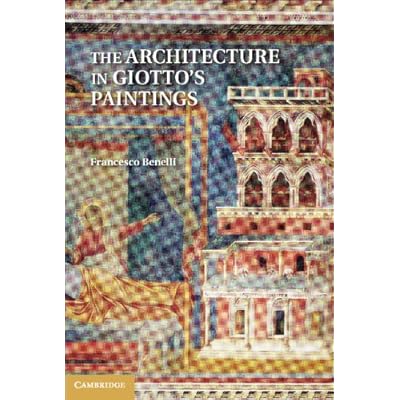The Architecture in Giotto's Paintings
Category: Books,Arts & Photography,History & Criticism
The Architecture in Giotto's Paintings Details
Review 'Benelli argues well ...' The Art Newspaper Read more Book Description This book offers an analysis of Giotto's painted architecture, focusing on issues of structural logic, clarity of composition, and its role within the narrative of the painting. Francesco Benelli shows how Giotto's images of fictive buildings, as well as portraits of well-known monuments, play an important role in the overall narrative, iconography, and meaning of his works. The conventions established by Giotto remained at the heart of early modern Italian painting until the sixteenth century. Read more About the Author Francesco Benelli is Associate Professor of Renaissance Architecture in the Department of Art History and Archaeology at Columbia University. He was the recipient of the Mellon Postdoctoral Fellowship at Columbia University and a Fellow at the Kunsthistorisches Institut in Florence. He has published widely on several aspects of Renaissance architecture, as well as on issues of building material and technique and the history of design and construction. Read more

Reviews
As an architect and educator, I have spent a great deal of time in Italy and have become fascinated with the early explorations into pre-perspectival space and the accompanying paradigm shift that was so influential in the development of Western art. Long familiar with the work of Giotto and captivated, like so many visitors, with Giotto's panels––whether in Florence, Assissi or Padua––I believe that this is a remarkable book by a truly gifted scholar that illuminates a most intriguing period and artist! The images are clear and well-illustrative of the subject matter and the well-crafted text is evident throughout. This book is an important addition to my architectural library and I would recommend it for anyone interested in the transition between the medieval world and the that of the Florentine Renaissance, the work of Giotto in particular, or even the evolution of the Catholic narrative. The read does require some level of prior knowledge of the historical period as it does not provide a broad-stroke overview but is instead, as it claims to be, focused clearly on its topic. My future trips to Assisi and the National Gallery of Umbrian Art in Perugia will be forever transformed by this rich study! Thank you Dr. Benelli!



